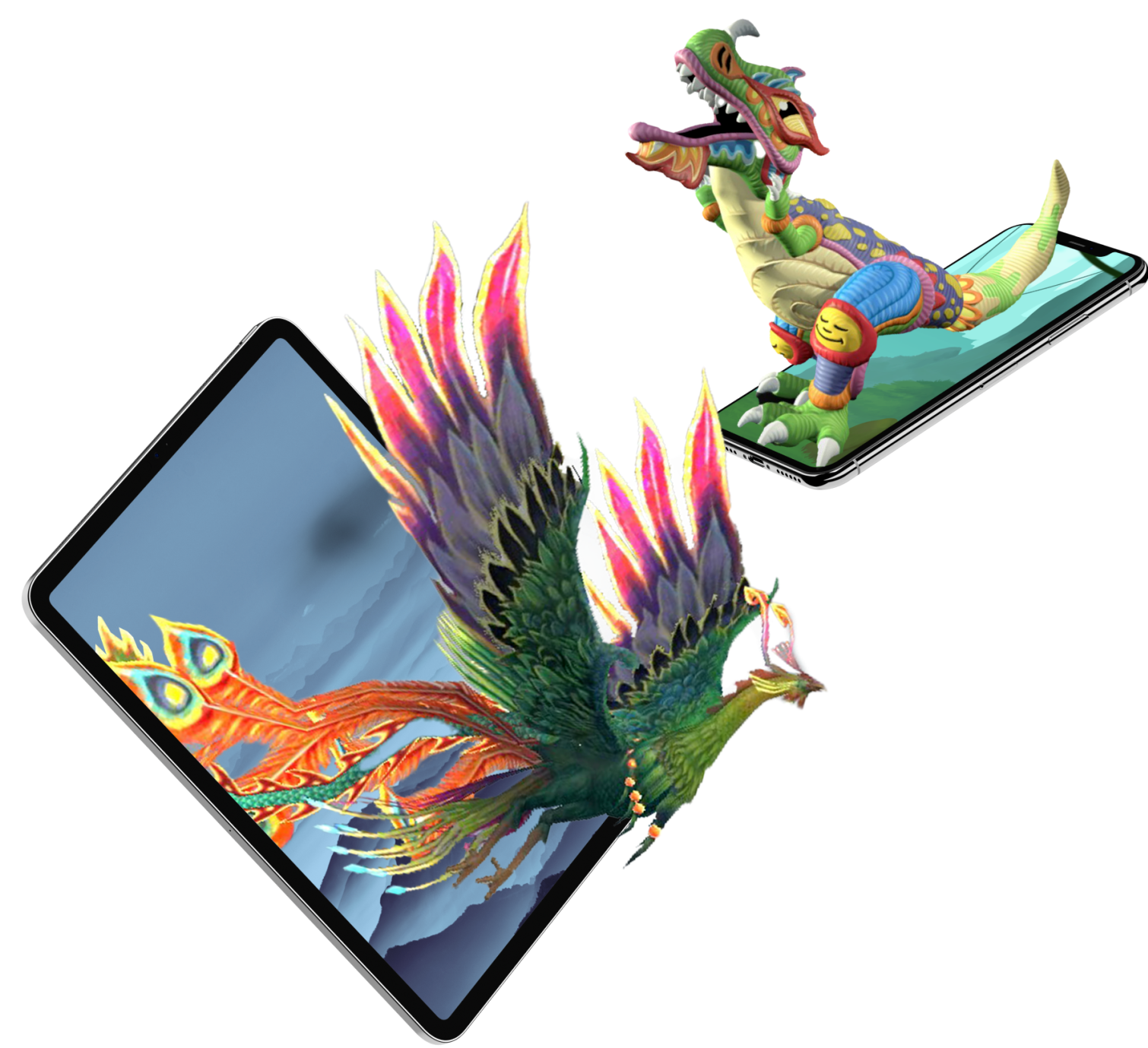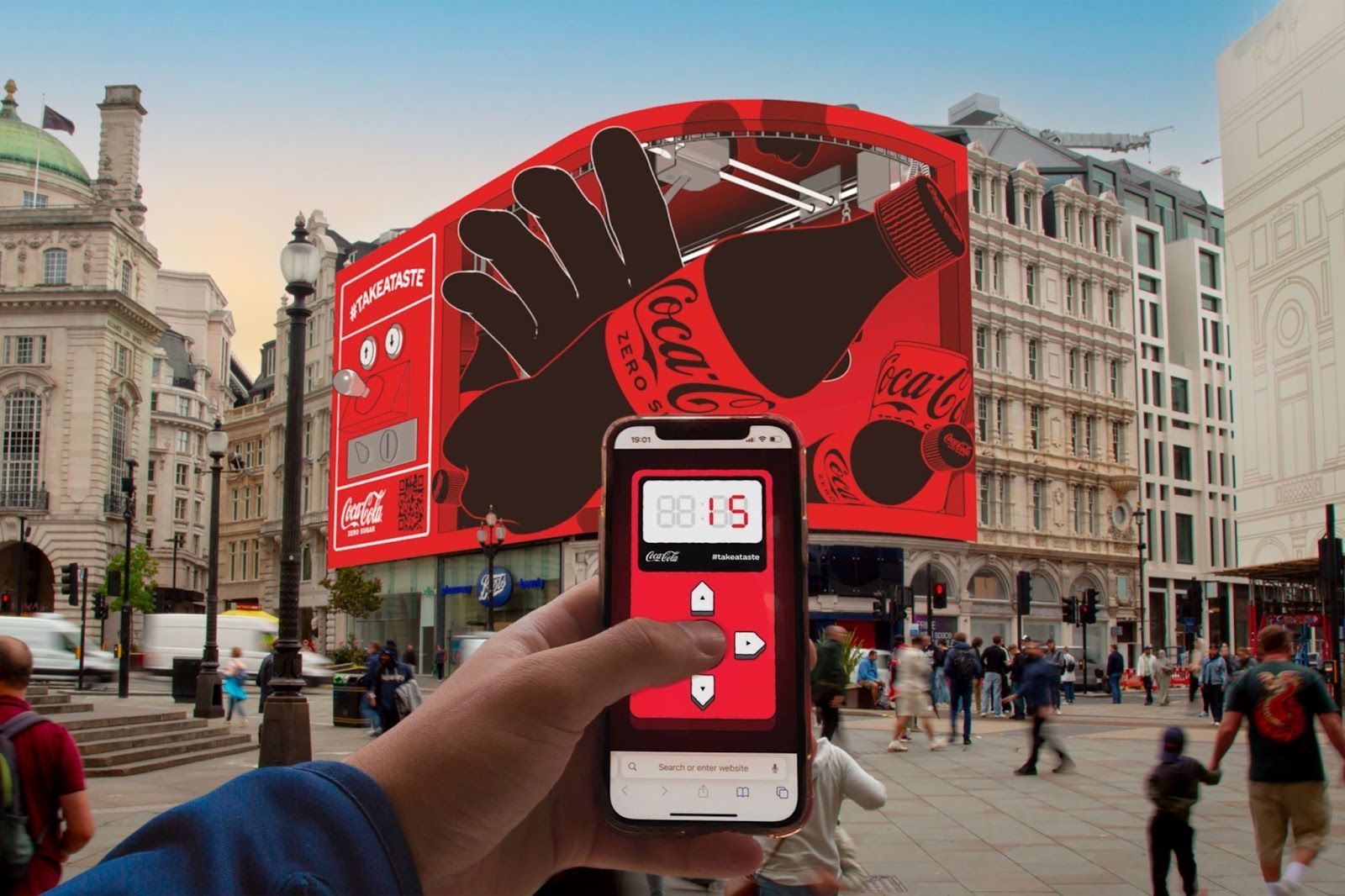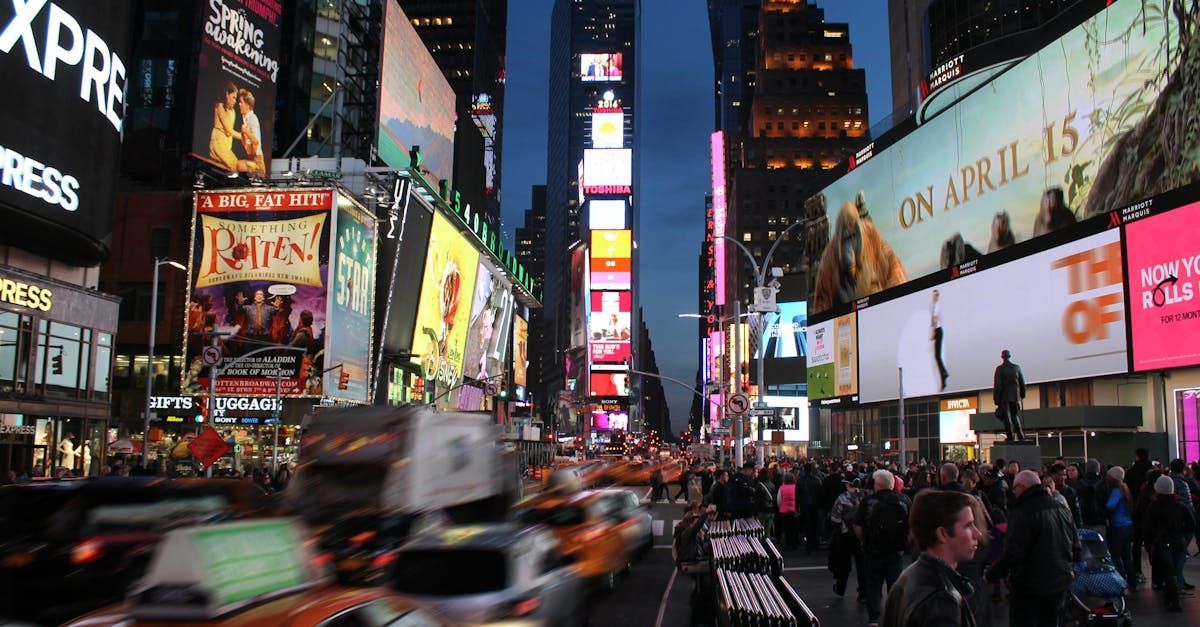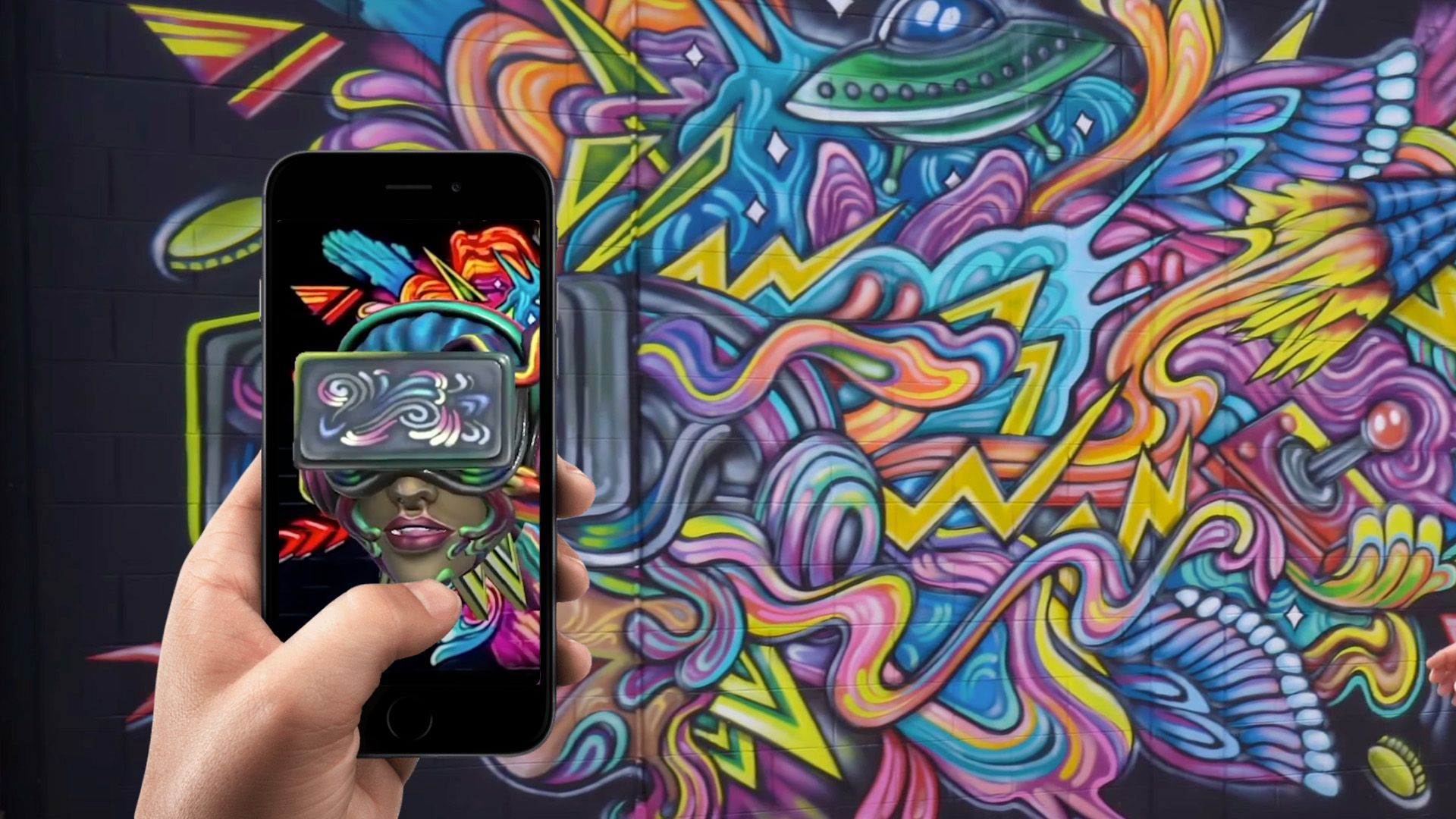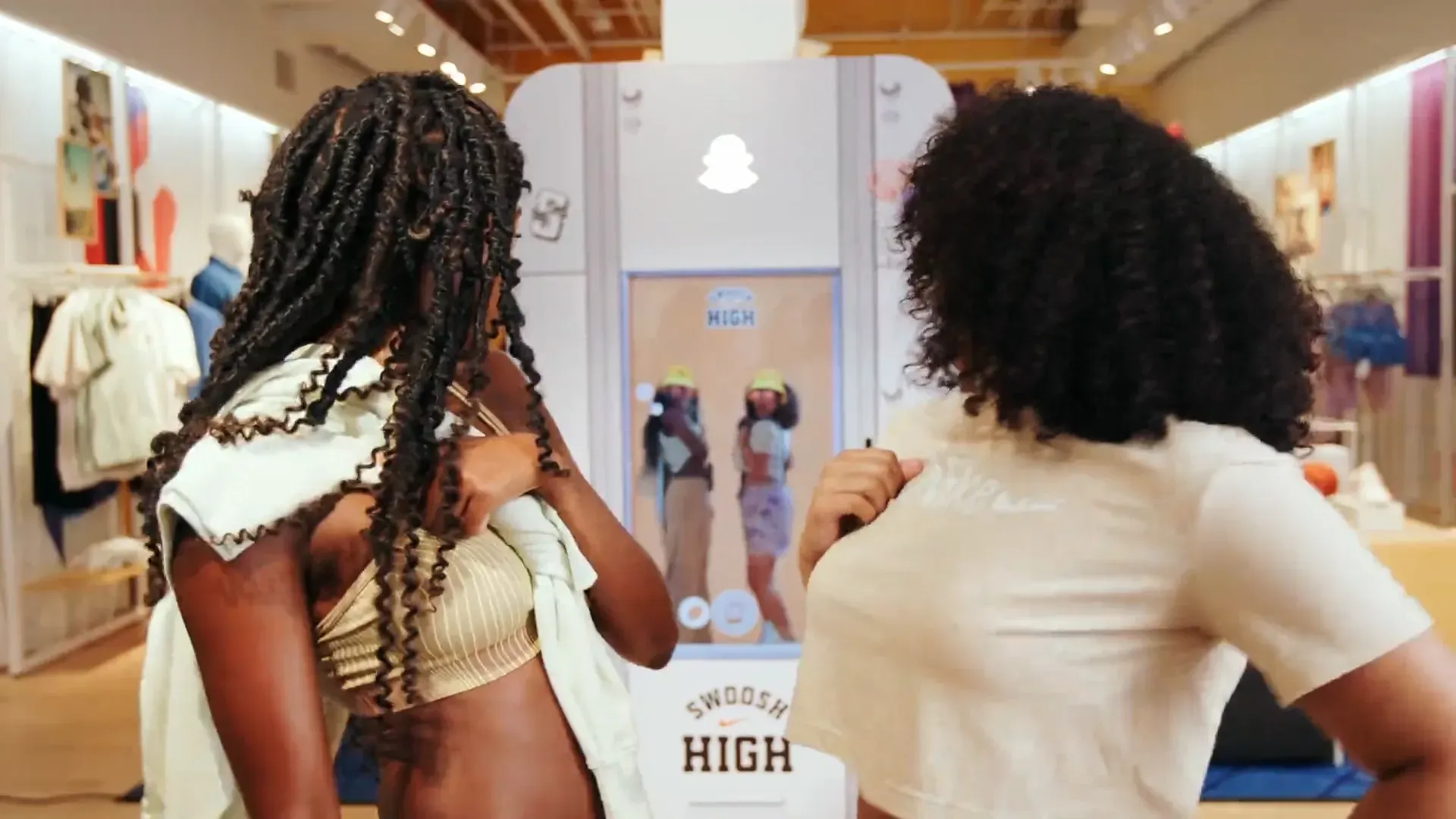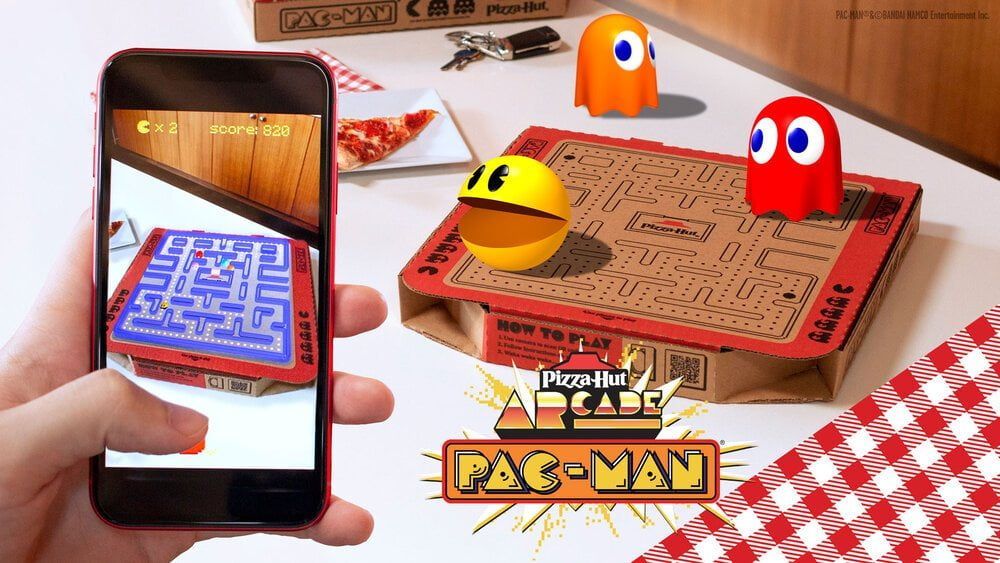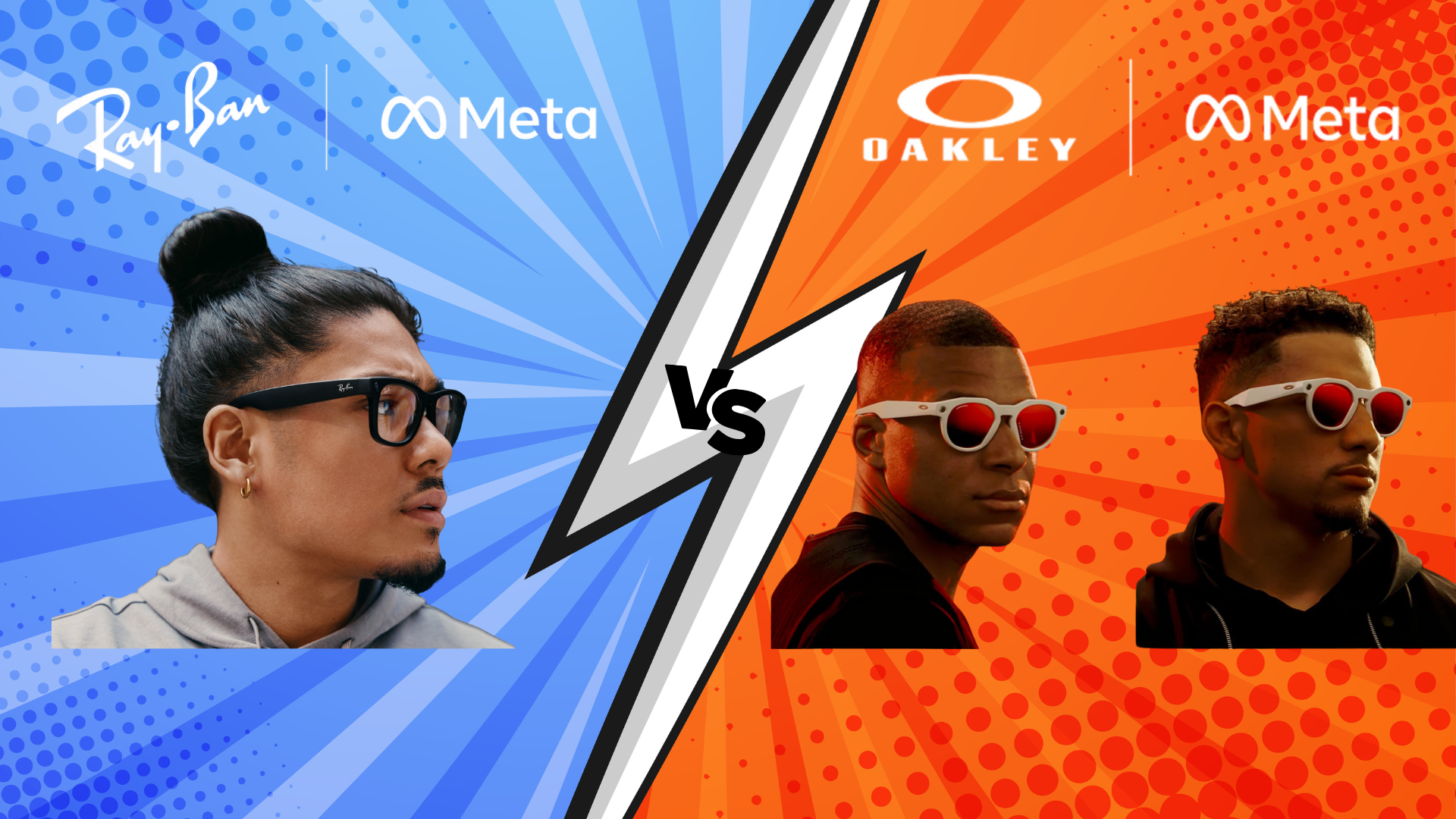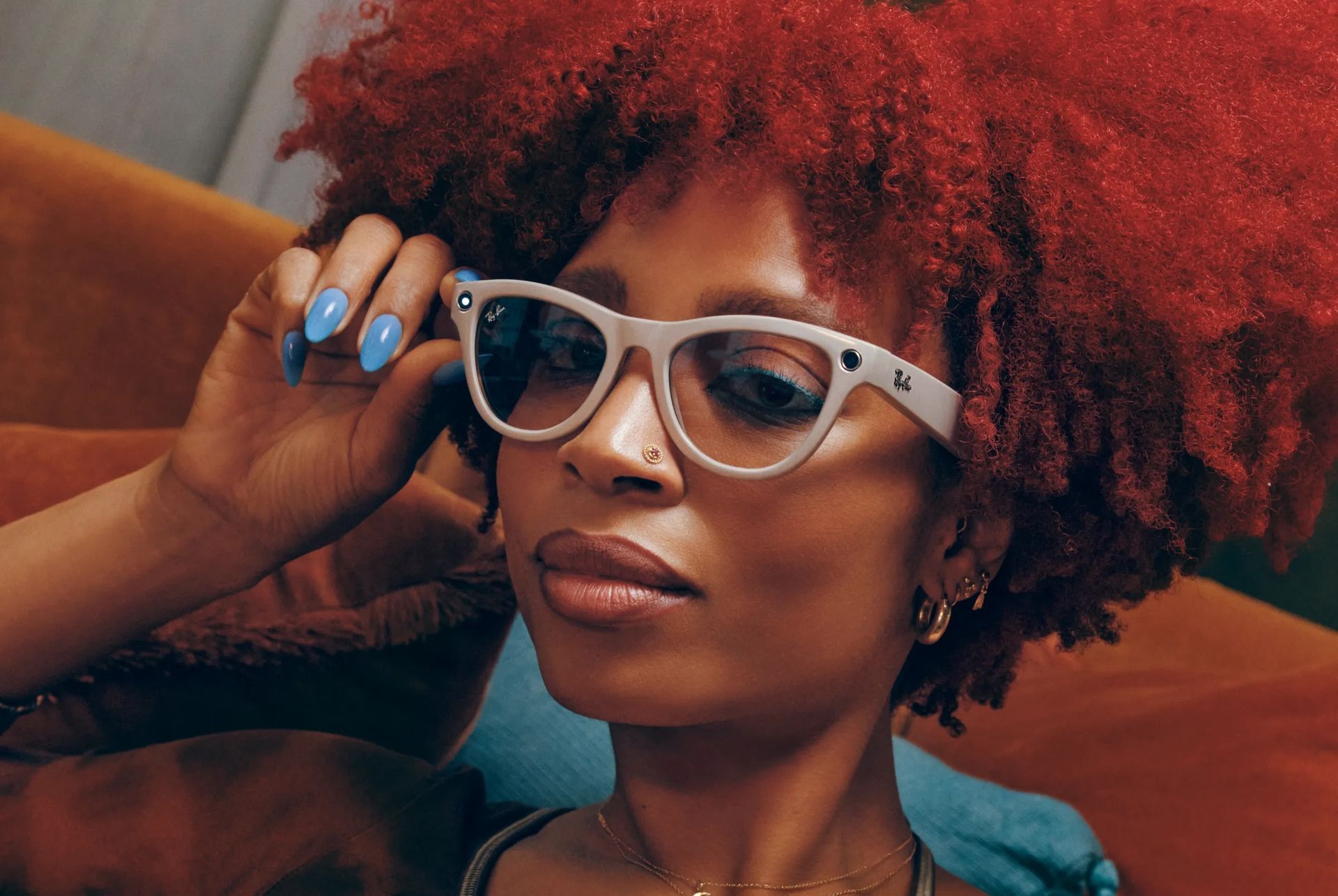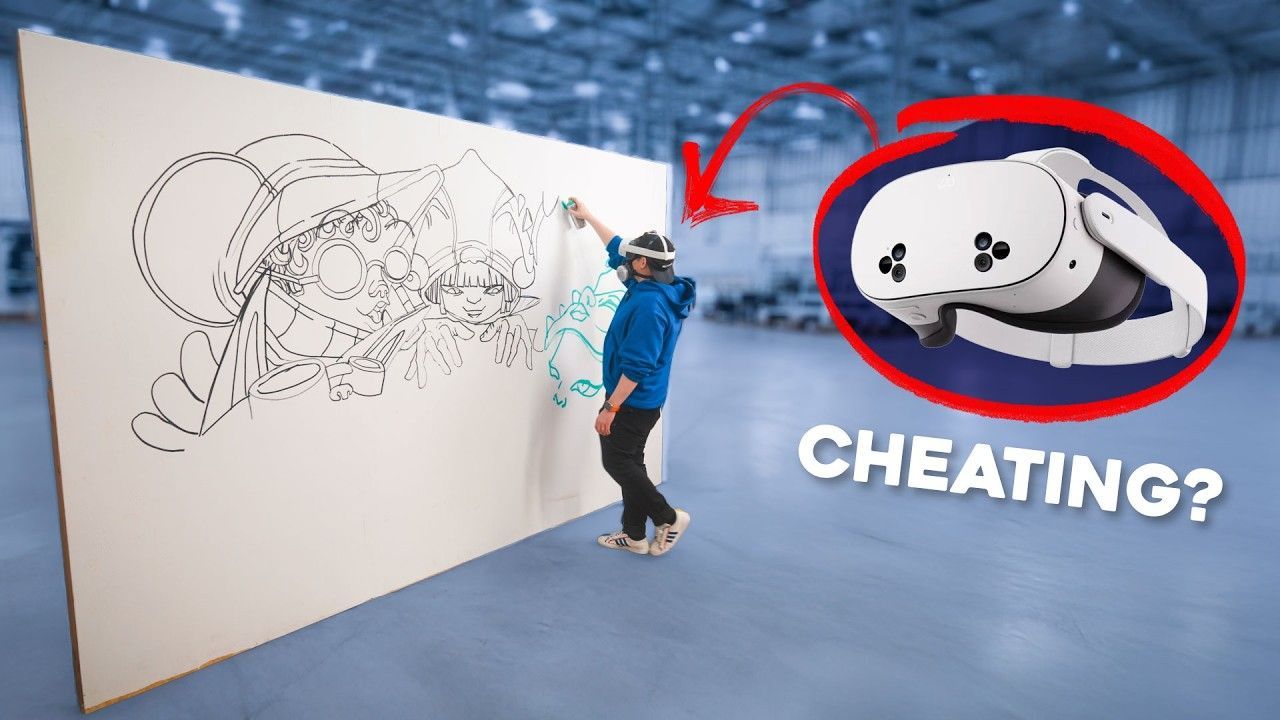Mixed Reality Marketing: The $342 Billion Strategic Imperative
Executive Summary
Mixed Reality and Spatial Computing represent the most significant opportunity for marketing transformation since the digital revolution, with Fortune 500 companies already achieving 94% higher conversion rates and 460% return on ad spend through immersive experiences. The global MR marketing market, valued at $4.5 billion in 2023, is projected to reach $342 billion by 2037—a 39.7% compound annual growth rate that surpasses traditional digital marketing channels.
The strategic window for competitive advantage is now. With only 30% of Fortune 1000 companies actively piloting MR marketing and the Apple Vision Pro driving enterprise adoption across 50% of Fortune 100 companies within three months of launch, early adopters are establishing decisive market positions. Companies like IKEA, Mercedes-Benz, and Sephora are demonstrating measurable ROI through immersive experiences that fundamentally reshape customer engagement. These success patterns are documented in our comprehensive case studies and build upon strategic frameworks outlined in our business case for augmented reality advertising in 2025. Marketing executives can model potential ROI using our AR advertising calculator, which incorporates performance benchmarks from Fortune 500 implementations.
Three critical factors converge in 2025: maturing hardware capabilities, proven enterprise ROI models, and accelerating consumer adoption among Gen Z (89% interested in AR/VR shopping experiences). This confluence creates an unprecedented opportunity for marketing leaders to build sustainable competitive advantages through spatial computing before market saturation occurs in 2026-2027.
Market Dynamics Driving Unprecedented Opportunity
Explosive growth trajectory validates investment thesis
The mixed reality marketing landscape has reached an inflection point following Apple's Vision Pro launch and Meta's Quest 3 market expansion. Global AR/VR headset shipments grew by 10% in 2024 after two years of decline, driven primarily by enterprise adoption, which increased by 14.9% year-over-year. This enterprise-led recovery indicates a fundamental shift from consumer gaming to business applications, with marketing use cases leading in adoption. Regional innovation hubs, particularly Middle Eastern markets, demonstrate accelerated AR adoption rates that preview global trends, while retail AR implementations across diverse markets validate the technology's cross-industry business impact.
Fortune 500 companies are aggressively embracing spatial computing. Over 150 major corporations, including Walmart (1 million+ VR-trained employees), Boeing, UPS, and General Motors, have deployed immersive technologies with measurable results. Enterprise implementations show a 50% improvement in workflow efficiency and a 12% increase in training completion rates, validating the technology's business impact beyond experimental pilots.
The market size projections highlight the strategic significance: AR/VR marketing applications will increase from $4.5 billion in 2023 to $24.2 billion by 2033, reflecting an 18.3% CAGR. More importantly, the larger spatial computing market is expected to soar from $122.92 billion in 2023 to $1.066 trillion by 2034, creating substantial downstream opportunities for marketing innovators.
Consumer behavior shifts accelerate enterprise adoption
Generation Z is driving a fundamental transformation in purchasing behavior, with 89% expressing interest in AR/VR shopping experiences and 72.5% actively using Instagram AR filters. This demographic shift creates immediate market opportunities for brands targeting younger consumers while establishing long-term competitive positions as these preferences become mainstream.
The post-pandemic acceleration in remote collaboration and digital-first experiences has removed traditional barriers to MR adoption. Consumer comfort with virtual interactions, improved hardware capabilities, and declining costs create optimal conditions for immersive marketing campaigns that would have been impossible just two years ago.
Proven ROI Models Demonstrate Clear Business Value
Fortune 500 case studies reveal quantifiable marketing impact
IKEA's mixed reality marketing campaigns achieved a 460% return on ad spend, demonstrating that spatial computing delivers measurable business results beyond engagement metrics. The furniture retailer's AR-enhanced "What's Incredible is the Price" campaign generated a 33% ad recall rate, 117% sales increases, and 232% improvements in store visits while reducing cost-per-click by 38%.
Sephora's AR Mirror installations drive conversion rates that are 90% higher than traditional shopping experiences, with AR try-on users showing sales increases of 31% and dwell times that are 5 times longer. Beauty brands consistently achieve conversion rates that are 2.5 times higher for products with AR experiences, validating the impact of immersive technology on purchase decisions. Our comprehensive beauty industry AR researchdocuments these conversion improvements across major retailers, while broader beauty AR applications demonstrate how virtual try-on technology becomes central to omnichannel customer engagement strategies.
Mercedes-Benz's Instagram AR campaign generated 87 million organic impressions and 549,000 social mentions with 90% positive sentiment, enabling the brand to surpass BMW as the top luxury automaker. The campaign's success showcases MR's ability to enhance traditional marketing through viral, shareable experiences. This approach demonstrates principles documented in our Instagram AR filter strategies and extends to creative installations like AR billboards and AR murals, where automotive brands achieve exceptional engagement through physical-digital integration that amplifies brand reach and social sharing.
L'Oréal achieved 100 million AR try-on sessions in 2023, representing 150% year-over-year growth across platforms including Amazon, WeChat, and proprietary experiences. The beauty giant's acquisition of ModiFace exemplifies strategic investment in proprietary MR capabilities that create sustainable competitive advantages. This scale demonstrates AI-powered personalization at scale, where machine learning enhances AR experiences through intelligent product recommendations and user behavior optimization. The integration principles apply across AI-enhanced immersive experiences, where artificial intelligence transforms mixed reality from novelty to strategic business capability.
Cross-industry performance benchmarks establish ROI frameworks
Analysis of Fortune 500 MR marketing implementations reveals consistent performance improvements across industries:
- Engagement metrics indicate a 90-94% improvement in user interaction rates compared to traditional digital experiences. Average session durations vary from 31.7 seconds (BMW Snapchat AR) to 106 seconds (in-store experiences), significantly surpassing banner ad engagement rates.
- Conversion and sales metrics showcase a direct revenue impact: Estée Lauder reports 2.5x higher lipstick conversion rates with AR experiences, Clinique achieves 30% increases in basket size, and Nike demonstrates 20% ROI improvements through analytics-driven MR campaigns.
- Brand awareness and reach multiply through viral sharing: Louis Vuitton's AR campaigns generated $13.5 million in buzz value within 48 hours, while automotive brands consistently garner millions of organic impressions through shareable MR experiences.
Platform Strategy: Apple Vision Pro vs Meta Quest 3
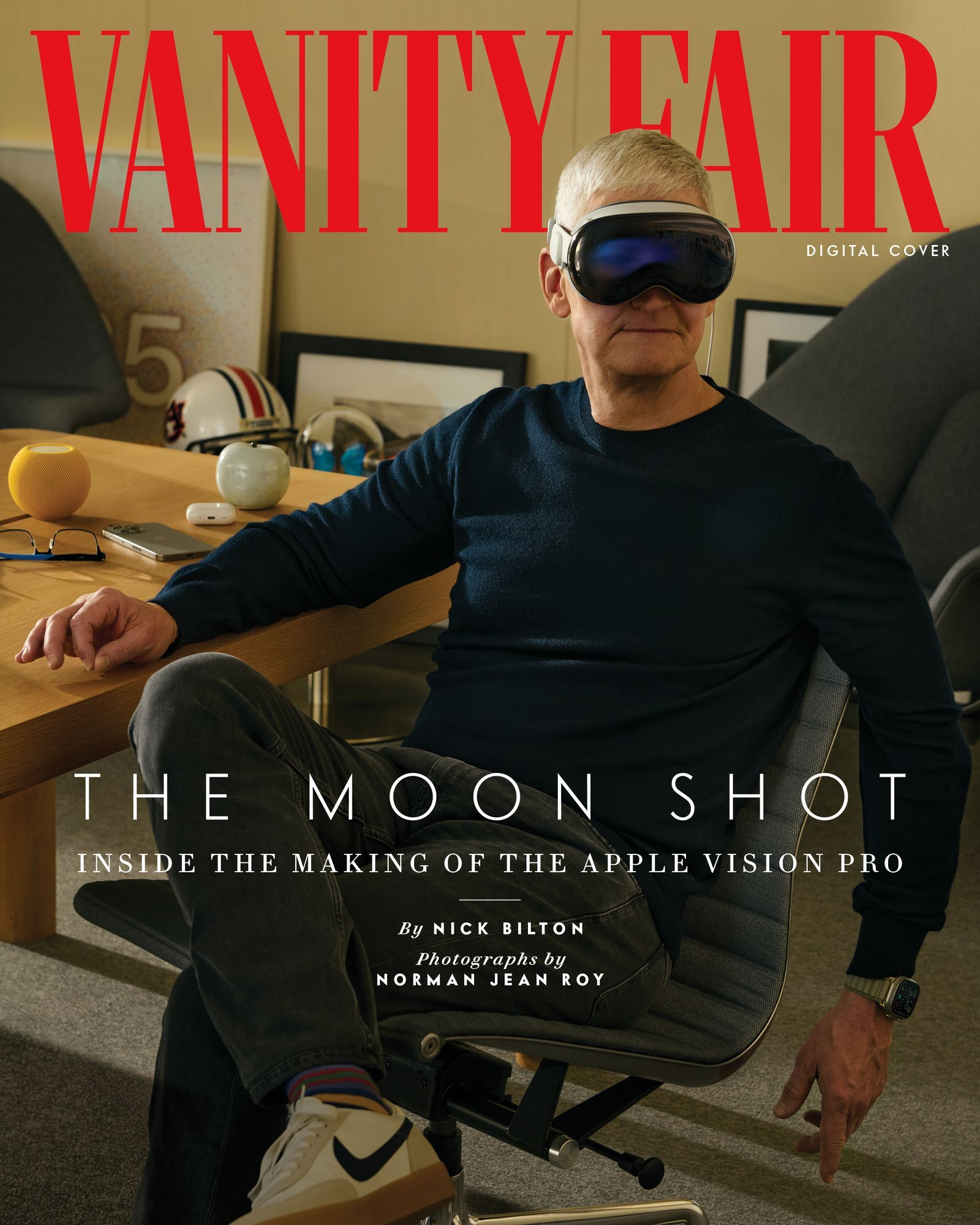
Strategic positioning requires platform-specific approaches
Apple Vision Pro targets premium brand experiences and B2B applications with exceptional visual fidelity (4K per eye) and advanced spatial computing capabilities. Priced at $3,499, the device positions brands within the luxury and professional segments while delivering unparalleled quality for product visualization and virtual showrooms.
Meta Quest 3 allows for mass-market reach and social engagement at prices ranging from $499 to $649, providing broader consumer access and gaming-focused experiences. The platform's 74.6% market share and established developer ecosystem offer immediate scalability for experiential marketing campaigns.
Development cost analysis highlights strategic considerations: Social Media AR marketing filters necessitate a $15,000-30,000 investment with 2-4 week timelines, while advanced interactive experiences require $100,000-250,000 with 6-12 month development cycles. The choice of platform significantly affects total cost of ownership and audience reach.
Emerging platforms create new opportunities
Meta Ray-Ban Smart Glasses, priced between $299 and $399, embody the future of accessible AR marketing. They allow for hands-free content creation and instant brand engagement. The platform's roadmap features versions with displays expected in 2025-2026, which create opportunities for location-based marketing and contextual brand experiences.
Android XR is set to launch in 2025 through a Samsung-Google partnership. This could disrupt Apple's premium positioning with competitive spatial computing capabilities at lower price points. As the ecosystem diversifies, marketing leaders need to prepare multi-platform strategies.
Implementation Strategy for Marketing Excellence
Proven frameworks minimize risk while maximizing impact
Fortune 500 companies follow consistent implementation patterns that marketing leaders can adapt for their organizations. Successful deployments begin with 8-12 week pilot programs that target specific use cases, with budgets ranging from $75,000 to $125,000, generating measurable ROI within six months.
Team structure requirements include 8-12 dedicated resources: an executive sponsor, a technical product manager, a content strategy lead, development resources (2-3 FTEs), change management specialists (1-2 FTEs), and an analytics specialist. External partnerships with specialized MR agencies reduce internal capability needs while speeding up time-to-market.
Budget allocation adheres to established models: 40% for technology infrastructure ($200K-600K), 35% for content development ($175K-525K), 15% for implementation services ($75K-225K), and 10% for training and support ($50K-150K), representing initial year investments of $500K-1.5M.
Risk mitigation strategies ensure successful deployment
Technical risks require comprehensive piloting and redundant systems. Phased rollouts and dedicated technical support resources can manage hardware compatibility issues, network bandwidth limitations, and integration challenges with existing marketing technology stacks.
Change management risks require executive support and incentive programs. Employee resistance and learning curves affect productivity during transitions; however, comprehensive training programs and gamification strategies consistently achieve over 80% adoption rates in pilot programs.
Business risks require multi-vendor strategies and platform-agnostic content development.
Standards-based approaches and internal capability building alleviate concerns about technology obsolescence and vendor dependency and reduce external dependencies over time.
Strategic Outlook: The First-Mover Advantage Window
2025-2026 represents optimal market entry timing
Limited competition creates unique opportunities. With only 30% of Fortune 1000 companies actively piloting MR marketing, early adopters can create category-defining brand experiences before market saturation occurs. Technology has matured to meet enterprise viability thresholds, while consumer readiness is accelerating.
The investment climate fosters innovation. Although total MR investments of $758 million may have been the lowest since 2018, the AI-MR convergence draws 70% of venture capital activity. Enterprise productivity applications attain higher valuations than consumer entertainment, confirming the value of business-focused implementations.
A timeline for hardware cost reduction facilitates wider adoption: Premium MR headsets that currently cost $3,500 will drop to $1,500 to $2,000 by 2026 and $500 to $800 by 2027, creating mass-market accessibility while early adopters retain competitive advantages.
Technology convergence accelerates capabilities
AI integration is transforming personalization possibilities. Real-time content adaptation, predictive experiences, and natural interaction capabilities enable sophisticated marketing applications that are impossible with traditional media. Generative AI, which has reached $45 billion in venture funding, doubles content creation capabilities while reducing costs.
5G and edge computing remove infrastructure barriers. With 5G connections expected to reach 5.9 billion by 2027 and edge computing cutting latency to under 10ms, real-time collaborative MR experiences and high-quality streaming become standard features.
Platform integration creates omnichannel opportunities. The evolution of Instagram's AR toward full MR experiences, TikTok's spatial content creation tools, and LinkedIn's professional MR networking environments establishes a seamless cross-platform brand presence.
Strategic Recommendations for Marketing Leaders
Immediate action plan for competitive advantage
Launch pilot programs in 2025, targeting 1-2 high-impact use cases with measurable ROI metrics. Focus on product visualization, virtual showrooms, or immersive brand experiences that align with existing marketing objectives while developing internal capabilities. Success patterns from our comprehensive case studies provide proven frameworks for pilot program design and ROI measurement.
Establish strategic partnerships with established platforms (Meta Quest, Microsoft HoloLens) and specialized MR development agencies like BrandXR. Secure preferential access to emerging platforms and distribution channels before competition intensifies.
Develop internal innovation capabilities by focusing on strategic talent acquisition or team upskilling. Establish dedicated innovation labs for spatial experience prototyping, while creating measurement frameworks that integrate with existing analytics platforms.
Medium-term strategy for market leadership
Scale successful implementations across more product lines and geographic markets. Develop proprietary MR content creation capabilities that minimize external dependencies while creating unique brand experiences competitors cannot replicate.
Establish a thought leadership position by forming industry partnerships, engaging in academic collaborations, and participating in standards development. Pioneer innovative spatial marketing formats while contributing to emerging measurement frameworks.
Develop ecosystem partnerships with technology providers, participants in the creator economy, and innovative startups. Establish comprehensive capabilities that encompass content creation, distribution, measurement, and optimization.
Long-term vision for sustained competitive advantage
Develop category-defining brand experiences that create lasting competitive advantages. Create MR-native marketing formats that fundamentally transform customer engagement patterns while enhancing proprietary technology capabilities.
Drive industry transformation through innovative partnerships, the development of measurement standards, and the sharing of best practices. Position the brand as a pioneer in spatial computing marketing while creating ecosystem value that attracts top talent and partnerships.
Mixed Reality marketing represents more than technological advancement—it embodies a fundamental shift in customer engagement that will define competitive advantage for the next decade. Marketing leaders who act decisively in 2025 will establish market positions that become increasingly hard for competitors to challenge as the technology matures and adoption accelerates.
The strategic imperative is clear: begin experimentation immediately, scale successful implementations rapidly, and prepare for a spatial computing future that will fundamentally reshape customer engagement paradigms. The $342 billion opportunity awaits those bold enough to lead the transformation.
TALK TO A PRO
We're here to bring your brand to life!
Stay Connected with BrandXR
Create Augmented Reality for Free!
Create, Publish, and Measure 3D Augmented Reality Experiences Without Having to Code.
